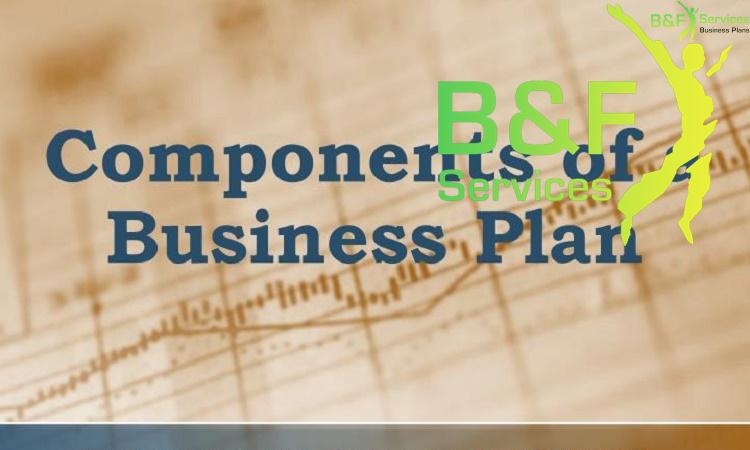


Overview
Are you wondering what SEIS & EIS stands for? Are you thinking about how this applies to small and medium-sized enterprises (SMEs)? Well, wonder no more, as this blog will introduce you to the concepts of SEIS and EIS. Also, today’s blog will inform you of the differences, the importance, and the benefits of these essential guides for UK businesses.
What is SEIS and EIS?
Although it is very similar to business continuity planning, it is another legal document that helps a business meet its aims and objective effectively. The Seed Enterprise Investment Scheme (SEIS) and the Enterprise Investment Scheme (EIS) are two UK administrative pursuits that motivate change by allowing particular investors a remarkable tax break when funding in the beginning stages. When creating a business plan consultant UK, this is a great way to receive help with a business plan and a business plan cost in the UK.
Why is SEIS and EIS Important?
In a business plan consultant in the UK, the two schemes are very advantageous to small and big businesses. This supports the financial aspect – in other words, a business plan costs in the UK because it helps companies to grow effectively and captivate more investors. The SEIS and EIS are a big help with a business plan in the UK. This is why SEIS and EIS can be similar to business continuity planning. Our blog gives a detailed account of UK Consultancy Marketing.
Let’s give a scenario.
For example, an investor funds £10,000, and gets £5,000 off their tax invoice. In the meantime, a business attracting investment can gather extra income at a higher profit. Let’s assume a firm is possibly appropriate and priced around about £100,000. For 10% of its measures, it could query for £12,000 instead of £10,000. The investor wouldn’t bother excessively to invest a bit more as they will be paying roughly around £6,000.
Everybody will be happy and gain their benefit. This is not the only thing that could occur in the beginning stages of a business as well. It can operate for the whole of the enterprising business cycle. B&F Services briefly explains the concept of funding business plans, which is very similar to the SEIS and EIS plans.
To read more about UK small and medium enterprises grants, visit our ‘Small and Medium Enterprises Grants’ blog.
Is There a Difference Between SEIS and EIS?
Even though both legal plans focus on investing in bigger potential, there are a few dissimilarities. Besides, business owners and investors should know that programs are the source of venture assets. The plans are beneficial to the business plan consultant in the UK. The legal body does not produce cash in the schemes when it comes to business plan costs in the UK. However, SEIS and EIS give tax reductions to funders who purchase shares in a business plan cost in the UK. This is believed to be a simpler method for an organization to attract the funds required when opening a business plan consultant in the UK.
The Differences Between SEIS & EIS
- The SEIS Business Plan picks out funds for the beginning period – especially newer businesses that start trading within the first two years to help with a business plan in the UK. Independent investors (no businesses) can fund a business cost uk of £100,000 annually in a SEIS company. These types of companies can receive up to £150,000 SEIS finance gross.
- The Enterprise Investment Scheme aids bigger and more accepted firms– meaning the businesses with seven or more experience in trading and more than 200 employees. Single or corporate funder shareholders can earn a maximum amount of £1million annually. A business can receive £5 million per tax year, but not over £12 million EIS funding. Investors don’t collect tax reductions on their funds.
To summarize, the main difference between the two plans is that EIS is used for larger and mature companies, while SEIS selects start-up and new businesses. However, this doesn’t change the fact that these are small in terms of the corporate landscape and business in the United Kingdom.
Conclusion
This blog touched on the meaning of SEIS and EIS and how this applies to small and medium-sized enterprises. Additionally, this blog explained the difference between SEIS and EIS. For example, the SEIS plan is entitled to a firm that has only traded in less than two years. For new businesses, our blog states information on start-up funding. For the EIS plan, it is entitled for businesses that have more than seven years of trading experience. The benefits of the schemes were stated such as, income tax relief and reductions. Our blog also mentions ways to create SEIS and EIS business plans for companies. To conclude, this blog demonstrates SEIS and EIS plans as an essential guide for small and medium enterprises.








